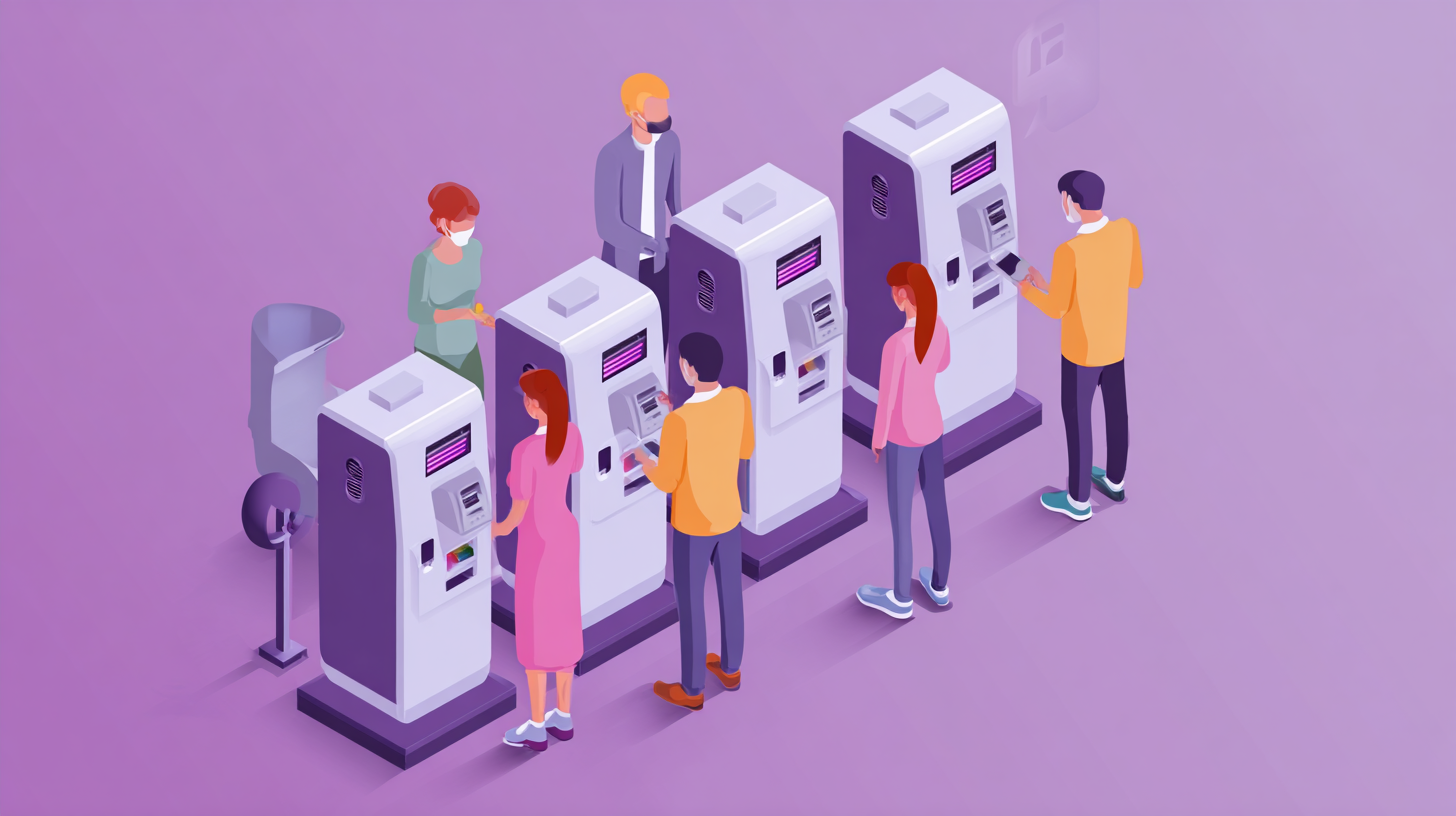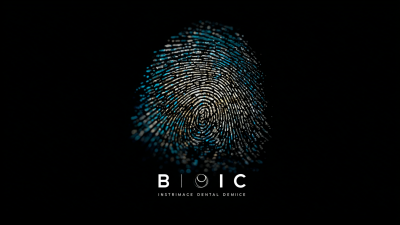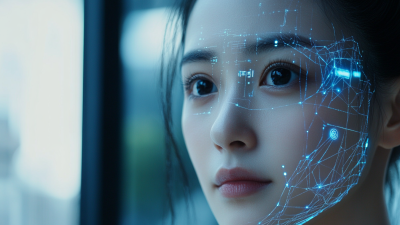Understanding the Benefits of Biometric Attendance Machines for Modern Workplaces
In today's fast-paced and ever-evolving work environment, organizations are increasingly seeking efficient and reliable methods to track employee attendance and enhance workplace security. One innovative solution gaining significant traction is the Biometric Attendance Machine. This cutting-edge technology leverages unique physical attributes such as fingerprints, facial recognition, or iris patterns to accurately authenticate and record employee attendance. Unlike traditional attendance systems that can be easily manipulated, biometric systems provide a higher level of accuracy and security, streamlining the attendance process while reducing instances of time theft or buddy punching. As businesses strive to optimize their operations and foster a culture of accountability, understanding the numerous benefits of implementing a Biometric Attendance Machine becomes crucial. This article will delve into the various advantages these systems offer, ranging from increased efficiency and enhanced security to improved payroll accuracy, ultimately illustrating why they are a valuable asset for modern workplaces.

Benefits of Biometric Attendance Machines in Reducing Time Theft and Buddy Punching
 Biometric attendance machines have become increasingly popular in modern workplaces, offering a robust solution to combat issues like time theft and buddy punching. Time theft occurs when employees clock in for each other or manipulate their working hours to gain extra pay without actually working. With biometric machines, such as fingerprint or facial recognition systems, organizations can ensure that attendance is accurately recorded, as these systems require the unique physical attributes of the individual clocking in.
Biometric attendance machines have become increasingly popular in modern workplaces, offering a robust solution to combat issues like time theft and buddy punching. Time theft occurs when employees clock in for each other or manipulate their working hours to gain extra pay without actually working. With biometric machines, such as fingerprint or facial recognition systems, organizations can ensure that attendance is accurately recorded, as these systems require the unique physical attributes of the individual clocking in.
Implementing biometric attendance solutions not only enhances accuracy but also promotes accountability among employees. Knowing that their attendance cannot be falsified encourages employees to adhere to their schedules more rigorously. Additionally, these machines streamline the payroll process by providing precise data on hours worked, which reduces administrative burdens and minimizes the potential for disputes over hours logged.
As a result, workplaces can foster a fairer and more efficient work environment while significantly curbing the risks of time-related fraud.
Enhancing Employee Accountability through Biometric Tracking Solutions
Biometric tracking solutions have revolutionized the way organizations manage employee attendance and accountability. By utilizing unique physiological traits such as fingerprints, facial recognition, or iris patterns, these systems provide an accurate and secure method for monitoring employee presence at the workplace. This advancement eliminates the risks associated with traditional attendance systems, such as buddy punching and time theft, ensuring that each employee is accountable for their hours worked.
Moreover, the implementation of biometric attendance machines fosters a culture of responsibility among employees. Knowing that their attendance is being accurately recorded instills a sense of ownership, encouraging individuals to be punctual and present. This increased transparency in attendance contributes to improved workforce morale and productivity, as employees recognize the equitable treatment that comes with verified tracking. Additionally, HR departments benefit from streamlined reporting and reduced administrative burdens, allowing them to focus more on employee engagement and less on attendance discrepancies. Overall, biometric tracking enhances accountability and promotes a collaborative work environment.
Statistical Insights: Increased Productivity Metrics from Biometric Attendance Systems
 Modern workplaces are increasingly turning to biometric attendance machines to streamline operations and enhance productivity. The integration of these systems has demonstrated significant statistical insights into productivity metrics. According to recent studies, businesses using biometric attendance have reported a 20% increase in overall productivity levels. The reduction in time spent on manual attendance tracking allows employees to focus more on their core responsibilities, fostering a more efficient work environment.
Modern workplaces are increasingly turning to biometric attendance machines to streamline operations and enhance productivity. The integration of these systems has demonstrated significant statistical insights into productivity metrics. According to recent studies, businesses using biometric attendance have reported a 20% increase in overall productivity levels. The reduction in time spent on manual attendance tracking allows employees to focus more on their core responsibilities, fostering a more efficient work environment.
Implementing biometric systems also reduces instances of time fraud, which further contributes to productivity gains. With less opportunity for buddy punching or time theft, organizations can ensure that employees are accountable for their hours. As a result, workers are motivated to maintain better attendance and punctuality.
Tips: To maximize the benefits of biometric attendance systems, ensure proper training for employees to familiarize them with the technology. Additionally, consider integrating real-time analytics to monitor attendance patterns and identify areas for improvement. Regularly reviewing these insights can help managers address potential issues proactively, thus maintaining a productive workplace culture.
Cost-Efficiency: How Biometric Machines Lower Payroll Errors and Administrative Expenses
Biometric attendance machines have emerged as a game changer for modern workplaces, particularly in terms of cost-efficiency. According to a report by the American Payroll Association, approximately 1-8% of payroll costs are lost to errors. Biometric systems significantly reduce these inaccuracies by automating attendance tracking, thereby minimizing the chances of buddy punching and time theft. Organizations that have implemented biometric systems have reported an average of 30% reduction in payroll errors, translating into substantial savings.
Tips for effective implementation: Start with comprehensive employee training to ensure everyone understands how to use the new system. This not only boosts user confidence but also minimizes the initial resistance to change. Regularly review the attendance data for anomalies or patterns; this will help in identifying any areas that may require further training or system adjustments.
Moreover, biometric machines can lead to lower administrative expenses. Research conducted by the Society for Human Resource Management indicates that companies can save up to 50% in administrative time spent on payroll management when using a biometric attendance system. By streamlining the data collection process, HR personnel can allocate their time more efficiently, focusing on strategic initiatives rather than labor-intensive tasks.
Understanding the Benefits of Biometric Attendance Machines for Modern Workplaces - Cost-Efficiency: How Biometric Machines Lower Payroll Errors and Administrative Expenses
| Benefit | Description | Estimated Savings (%) | Error Reduction (%) |
|---|---|---|---|
| Time Tracking Accuracy | Eliminates manual tracking errors by automating attendance logging. | 20% | 30% |
| Reduced Payroll Costs | Minimizes administrative workload and potential overpayments. | 15% | 25% |
| Improved Compliance | Ensures accurate records for labor law compliance and audit readiness. | 10% | 20% |
| Enhanced Security | Prevents buddy punching and unauthorized access to time records. | 5% | 40% |
| Employee Satisfaction | Foster trust through transparency, leading to higher morale. | 8% | 15% |
Improving Workplace Security: The Role of Biometric Technology in Protecting Sensitive Locations
Biometric technology has revolutionized workplace security by providing advanced methods for protecting sensitive locations. Unlike traditional identification systems, biometric attendance machines utilize unique human characteristics, such as fingerprints, facial recognition, or iris patterns, to ensure that only authorized personnel gain access to restricted areas. This innovative approach reduces the likelihood of unauthorized entry, thereby enhancing overall security measures within an organization.
Additionally, the integration of biometric systems helps in maintaining accurate records of employee attendance while simultaneously securing sensitive information. These machines can quickly authenticate individuals, making them ideal for environments where time efficiency is paramount. By minimizing errors associated with manual attendance systems and eliminating the potential for buddy punching, organizations can ensure that their security protocols are both robust and reliable. In a world where data breaches and unauthorized access are increasingly common, the reliance on biometric technology for protecting sensitive locations has become not just a trend but a necessity for modern workplaces.
Benefits of Biometric Attendance Machines in Modern Workplaces
This chart illustrates the various benefits of implementing biometric attendance machines in modern workplaces. The benefits include improved security, accurate attendance tracking, employee accountability, cost efficiency, and enhanced data privacy, each represented by a score reflecting their importance.
Related Posts
-

Ultimate Guide to Implementing Biometric Entry Systems in Your Workplace
-

The Comprehensive Ultimate Guide to Biometric Security Solutions for Your Business
-

5 Essential Advantages of Implementing a Biometric Security System in 2024
-

Exploring Innovative Alternatives to the Best Biometric Device for Global Buyers
-

Unleashing the Power of Best Facial Recognition Technology from China's Manufacturing Leaders
-

How Best Face Verification Transforming Security: Case Studies and Industry Insights